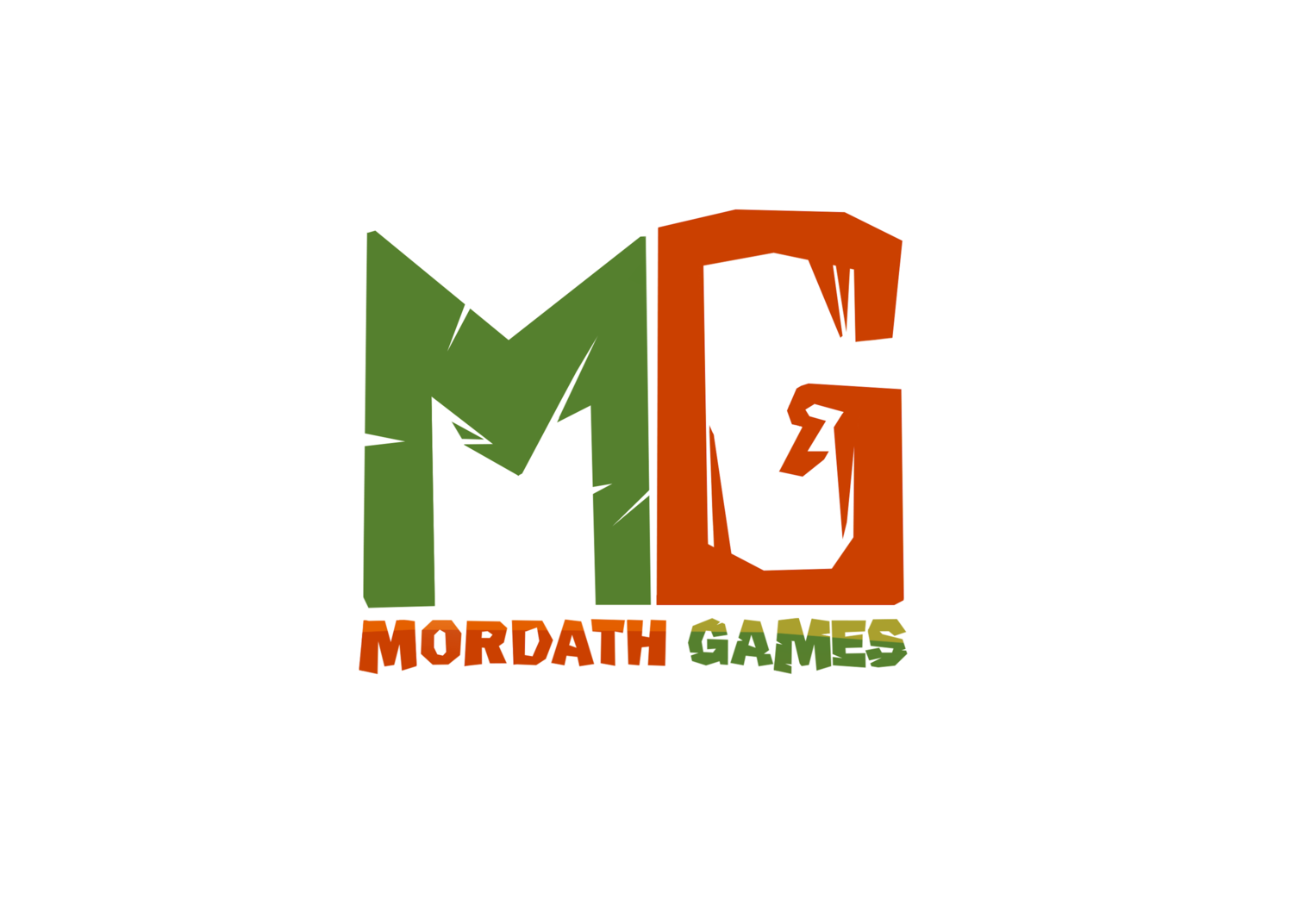Rolling Dice and Consequences
Rolling dice is fun.
Even if you just do it at the table for no reason other than to see what it lands on.
Obviously, this small bit of information isn’t news to any of us and we can use this to our advantage as designers when creating our games. Dice does a lot for game designers.
We know exactly what percentages each type of dice provides, so it helps us control (to a certain degree) a set of outcomes.
Here’s a chart showing values for certain common dice and their percentages.
Knowing percentages isn’t everything, but it does help us understand what should be occurring with no outside factors present and allow us to understand what impacts the game when we allow players to influence these results in some way.
It adds a level of unpredictability and randomness to the game state that players can react to, or end up having to deal with.
How you choose for them to react will depend greatly on the systems present in your game. I always think of it like this, what goes right, wrong, and just “okay”. Now, based on how my game is designed. How to I take away a result that goes “okay” to make sure that results either go Good or Bad. Then try to design around making how the player reacts to Good or Bad results, fun or interesting.
I’ll ignore good outcomes, because those are far easier to make interesting and I don’t want this first blog post to be super long.
So, if a character is setback by a Bad result on a die roll. Best ways to make those interesting would be to ensure the bad outcome gives them more options. So, let’s say, every time you fail an objective in the game. The game gives you a resource of some kind. That resource can then be used in an attempt to negate that setback. Or, perhaps failing an objective gives them some sort of utility for a round that they must use before it expires and is incredibly helpful, but that the rest of the players can play around?
I’m being vague here due to the level of complexity or delivery systems each game has in respect to what players can functionally do, but I hope you get the point.
We can design in a level of control or manipulation of the result to improve or impair the result.
Rolling twice and taking higher of the two.
Defining success as only needing to hit a 6 on one die roll, so rolling multiple die increases a players chances.
Adding modifiers to existing rolls based on some value the player can influence or has to work around.
Allow other players to influence the roll. (Make these interactions limited in competitive games)
Allow players to influence their own roll through the expenditure of resources.
However, I tend to be more interested in one facet of dice rolls that is the most interesting to me.
The Drama.
If you’ve ever watched one of the wildly popular TableTopRPG shows on YouTube and Twitch recently such as Critical Role or High Rollers. You’ve seen incredibly dramatic scenarios take place with a single die roll. However, it’s never just a matter of rolling a dice that makes things dramatic.
Things need to be set up properly in order for the table or the individual player to feel the weight. For instance, in Dungeons and Dragons, there is a rule that states a roll of 1 or 20 on the twenty sided die is a Critical Failure or a Critical Success respectively. So, there are rules built in that make each die roll somewhat dramatic by their nature. But… If you continue to layer on consequences and balance them with subsequent reward, then the stakes go higher and higher.
So, imagine I ask you to do a single die roll with a d20. (Seriously go find one! or pull up this web page and roll one there.)
Interesting bit of interactivity, and worthwhile just to see where it lands… cool.
Now let’s say before you roll we layer some things on.
There’s a rock pinning down a merchant in a cave. You hear his cries from the next room. You rush over and realize you’re going to have to lift it to help him escape before the entire tunnel collapses and has you both stuck.
If you roll anything above a 10 you pull the rock off him, and can escape.
If you roll anything below a 10, you spend too much time trying to help the poor man and he dies under the rock’s weight.
You have 3 Strength so you get to add 3 to your roll.
You can roll a Critical Success on a 20. If you do, you’ll find a rare sword on your way out of the tunnel.
You can roll a Critical Failure on a 1. If you do, your character dies getting trapped in the tunnel as it collapses.
Now roll it.
…
See?


